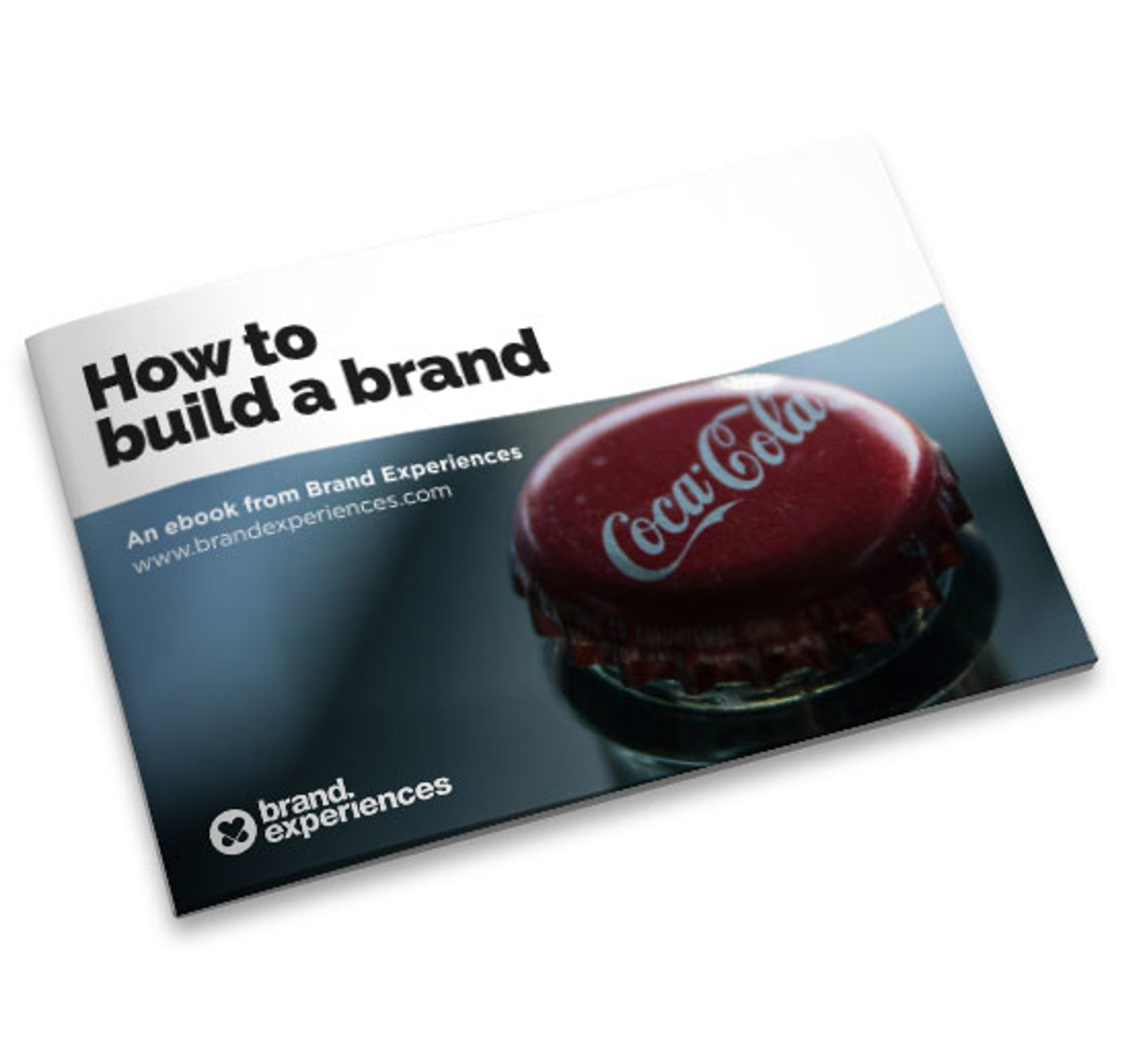SaaS requires a great experience
Many software vendors will be moving away from customers installing products on their own infrastructure. Instead solutions will be available over the Internet—so called Software as a Service (SaaS). This has benefits for both the vendor and the customer. For customers, this can be cheaper and easier to consume—no more procuring and supporting hardware. For vendors, it means one version of their software to maintain in an infrastructure that they have control over. Unlike where customers may be running many different versions on infrastructure that the vendor does not have access to.
However, this change presents new challenges. Most traditional software will probably require some, if not extensive, rebuilding. SaaS does not require that the software runs in a web browser (Microsoft and Adobe still offer installable applications), but many vendors will choose web. This will mean creating an all-new front end experience. With SaaS, this experience is more important than ever. Today, individuals increasingly choose the software that they use; not just consumers but employees as well. Salesforce, Dropbox and Xero have beaten out industry stalwarts because individuals found them to be a better experience compared with the traditional solutions provided by their employers.
This has typically been referred to as shadow IT—the use of unauthorised applications within the organisation—but many SaaS solutions have come out of the shadows to become industry leaders, driven by providing superior experiences. The result is not just happier users but, more importantly, more productive and effective users. Organisations have come to realise that better experiences lead to better business outcomes. The individual and the business are now taking experience seriously. For vendors, the sales process will also change with the potential for significant growth. Now anyone anywhere can find, try and buy your product.
Traditionally, sales could be a long process with meetings and extended proof of concept phases. With SaaS typically comes a new business model. No longer the perpetual licence but instead a short-term pay-as-you-go model. This makes signing up customers much faster but the prospective customer needs to see value in the product almost immediately. If an application requires extensive training or is confusing then the prospect will likely move on to the next. Unlike controlled trials supervised by the vendor that may last days or weeks, a SaaS solution must demonstrate value in minutes. The experience is not just confined to the interface of the product. Customers value reliability, performance and security. Should problems arise with the software they will expect swift resolutions. For vendors, concepts such as Agile, DevOps or Continuous Deployment, that would have been largely irrelevant or impossible before, may now become essential.
In a world where software is growing exponentially and competition is fierce, experience will be the number one factor that will determine success or failure.
How to build a brand
It's time to get in the know.

